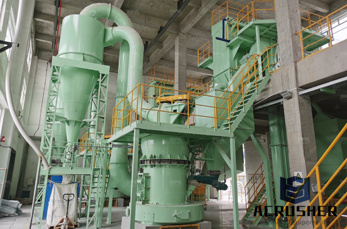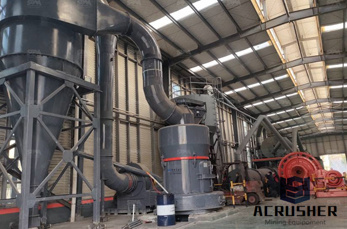
Making iron Conversion to steel. The basic raw material for steel manufacture is either the hot metal from the blast furnace, steel scrap or a mixture of both.

The cement industry faces a number of challenges that include depleting fossil fuel reserves, scarcity of raw materials, perpetually increasing demand for cements and ...

Calcium NC534 NonChlorinated Accelerator is a liquid admixture designed to make a more uniform and predictable quality concrete while accelerating setting time and ...

Ash Grove Cement and Related Materials, Type I, Type III, Type III, Type V, Duracem F, Type IA Aerimix, Type N, Type S, OilWell, Duraslag, Dura Slag

Globally, cement companies are producing nearly two billion tonnes/year of their product and emitting nearly two billion tonnes of CO 2 (or around 6 to 7% of the ...

How Steel is Made: a Brief Summary of a Blast Furnace: There are two types of metals, ferrous nonferrous. Ferrous comes from, or contains iron, while NonFerrous ...

Though "cement" and "concrete" are often used interchangeably, concrete is actually the final product made from cement. The primary component of cement is ...

The primary components of iron and steel slag are limestone (CaO) and silica (SiO 2). Other components of blast furnace slag include alumina (Alsub>2 O 3) and ...

Toward a Sustainable Cement Industry Substudy 7: How Innovation Can Help the Cement Industry Move Toward More Sustainable Practices March 2002

Cement Cement is a ˜ ne powder that is the principal strengthgiving and propertycontroling component of concrete. It is a high quality, costeffective building ...

Manufacturer of Construction Chemicals Microsilica, Ground Granulated Blast Furnace Slag ( GGBS), Zeolite Powder and Lime Powder(Calcium Hydroxide) offered by ...

Glossary of Commercial Construction Industry Terminology© A B C D E F G H I J K L M N O P Q R S T U V W X Y Z. A. AAMA – Architectural Aluminum Manufacturer''s ...

This page looks at the use of the Blast Furnace in the extraction of iron from iron ore, and the conversion of the raw iron from the furnace into various kinds of steel.

The area where demand is largest for iron and steel slag products is cement. Approximately 60% of blast furnace slag is used as a raw material for this purpose.

JAYCEE is the market leader in Fly Ash, GBFS, Microsilica, Copper Slag exports from India. We specialize in selling 500,000+ TPA of material overall in all countries.

The granulated blastfurnace slag is sandtype slag manufactured by spraying highpressure water jets on a blastfurnace molten slag. This pruduct is supplied to both ...

Supplementary cementing materials (SCMs) contribute to the properties of hardened concrete through hydraulic or pozzolanic activity. Typical examples are fly ashes ...

Cement, or Portland cement, is defined as "a hydraulic cement, obtained by burning a mixture of lime and clay to form a clinker, then pulverizing the clinker into powder.

Cement is a global commodity, manufactured at thousands of plants. The industry is consolidating globally, but large international firms account for only 30% of the ...

10. Alkaliaggregate reaction b) Use of low alkali ordinary Portland cement having total alkali content not more than percent (as Na

How cement is made and history of Portland Cement

At Essex Concrete, we just don''t sell concrete, we sell service. We have plants located in or near Aylett, Bottoms Bridge, Doswell, Ashland, Hanover, Rockville ...

Raw materials for cement manufacture. The first step in the manufacture of portland cement is to combine a variety of raw ingredients so that the resulting ...

Slag is the glasslike byproduct left over after a desired metal has been separated (, smelted) from its raw ore. Slag is usually a mixture of metal oxides and ...
 WhatsApp)
WhatsApp)